Astrophysics Division
CEA Saclay
UMR Astrophysics Instrumentation Modelisation
 Research laboratories
Research laboratories
Science and Space Instruments Interface
The Interface Science and Space Instruments team is at the interface between science and space instruments from design phases to operational flight. They specify instruments, develop data analysis software, and ensure that these instruments meet scientific objectives.
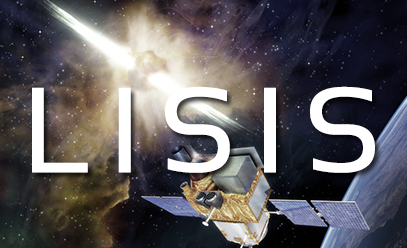
More
Space Systems and Architectures
The Space Systems and Architectures team is responsible for system architecture definition and technical oversight throughout the design, development, and testing of various instrument models.
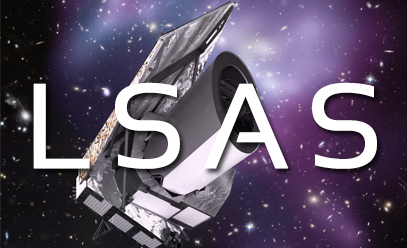
More
Astrophysical Plasma Modelling
The Astrophysical Plasma Modeling team aims to understand astrophysical processes driven by gravity, radiative hydrodynamics, and magnetohydrodynamics (MHD), and to characterize their observable consequences. Their theoretical approach is physics-centered and leverages the most suitable numerical, analytical, and experimental tools to address the complexity of turbulence, shocks, and instabilities.
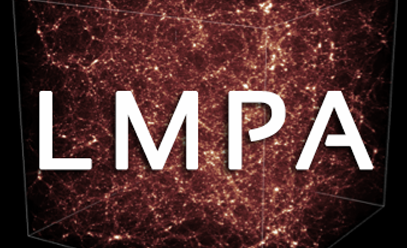
More
Cosmology and Galaxy Evolution
The "Cosmology and Galaxy Evolution" team focuses on the study of the formation, evolution, and physical properties of large cosmological structures, galaxy clusters, galaxies themselves, and their internal structures, extending to large-scale star formation. These structures are studied across cosmic time, from the birth of the first galaxies to the closest objects today. These studies are conducted using multi-wavelength observations with state-of-the-art observatories (ALMA, JWST, VLT, IRAM, and Euclid), complemented by advanced cosmological and galaxy evolution simulations using Europe's largest supercomputers. Continuous interaction between observations and simulations is sought to maximize data interpretation and provide the best constraints for structure formation models.
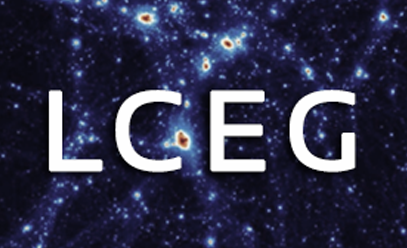
More
Star Formation and Interstellar Medium
It can be argued that the astrophysical quest for our origins rests on two pillars: the formation of large structures into galaxies and the formation of stellar systems. The interstellar medium (ISM) is at the heart of this quest, as the initial conditions of protostellar and protoplanetary disks are directly inherited from the ISM, which, in turn, transmits numerous feedback mechanisms from massive stars or energetic events that punctuate the life cycle of galaxies. Research conducted by the Star Formation and Interstellar Medium team at AIM enables a coherent and self-consistent study of the ISM as a highly heterogeneous, dynamic, magnetized, and multi-phase fabric, whose signatures are detected across multiple wavelengths and at very different spatial scales. This translates directly into diversified observation techniques and a wide range of models and simulations with similar ingredients but specific and complementary focuses.
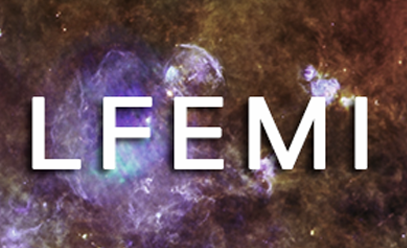
More
Spectral-Imagers for Space science
The "Spectro-Imagers for Space" team conducts R&D on detectors ranging from the far infrared to gamma-ray wavelengths, including bolometers, microcalorimeters, CMOS-MCT, or semiconductors for X-rays and gamma rays.
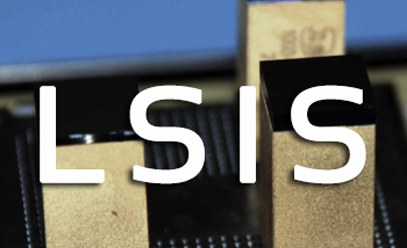
More
Dynamics of Stars, Exoplanets and their Environment
The AIM "Dynamics of Stars, Exoplanets and their Environment" team aims to develop cutting-edge research to understand the internal and external structure, dynamics, and evolution of the Sun, stars, and planets, as well as the atmospheres of exoplanets. Additionally, the research teams study gravitational, magnetic, and radiative interactions at different scales between these celestial bodies and their environment, as well as the orbital architecture of planetary systems. This research is based on innovative and synergistic theoretical predictions, nonlinear 3D HPC simulations, observational data analysis that constrains the models, and the development of instruments for dedicated space missions (SOHO, Solar Orbiter, JWST, PLATO, and ARIEL).
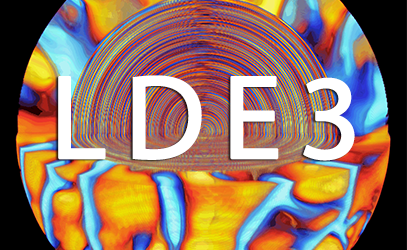
More
Cosmology and Statistics
The theme of the Universe's energy content, primarily focused on questions of dark matter, dark energy, and gravity, is a rapidly growing activity within the Cosmology and Statistics team, reflected by leading contributions to major international collaborations.
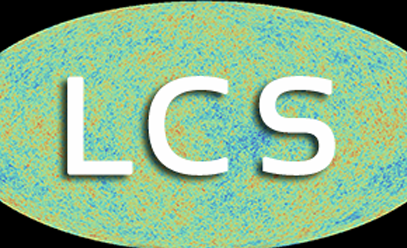
More
High Energy Cosmic Phenomena
The scientific objective of the High Energy Cosmic Phenomena team is the discovery, characterization, classification, and understanding—from the perspective of fundamental physics—of the most energetic and violent astrophysical phenomena. These sources are usually revealed by their radiations in the high-energy domain (X-rays and γ-rays).
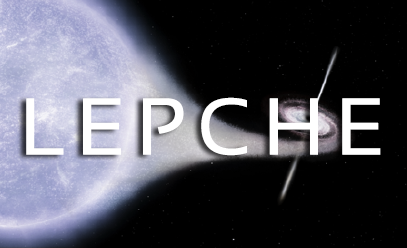
More
Study and Development of Space Eletronic Systems
The Space Electronics Systems Design and Development team is responsible for defining, designing, and developing embedded electronic equipment. They have expertise in defining and sizing electronic system architectures, as well as in analog and digital space electronics, particularly detection chains.
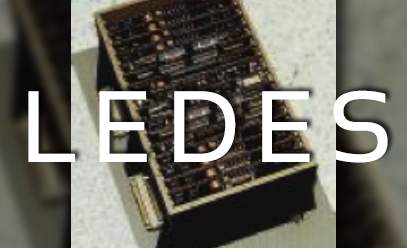
More
Quality and Space Integration
The Quality and Space Integration team supports space projects in terms of Product Assurance and Quality Assurance, as well as AIT (Assembly, Integration, and Testing) activities throughout the development and implementation phases.
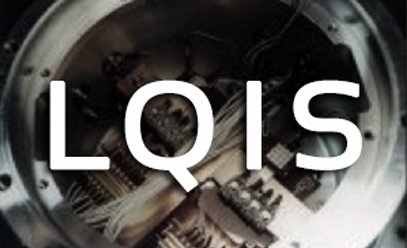
More
 Our research laboratories
Our research laboratories 




 Astrophysics
Astrophysics
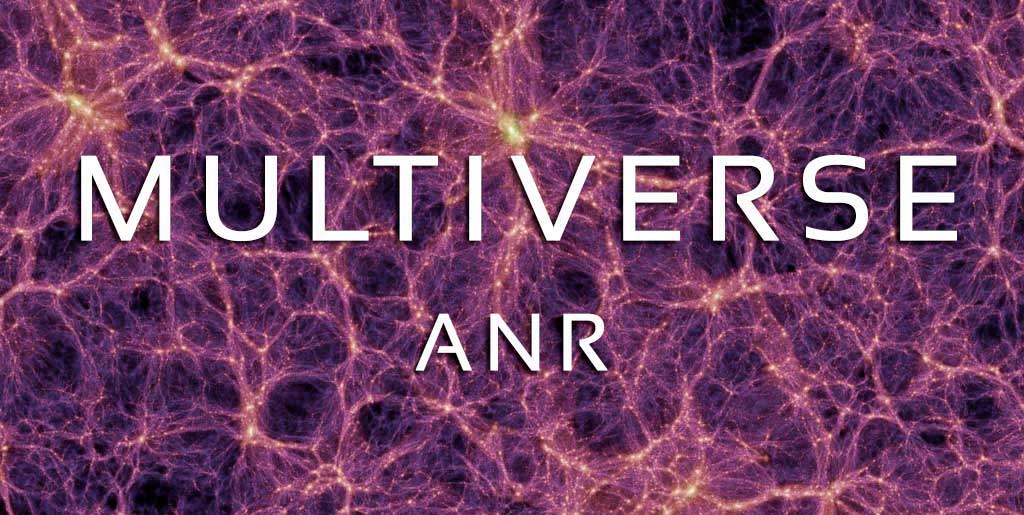

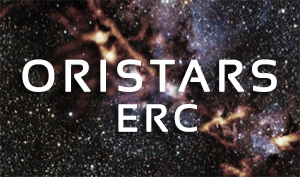
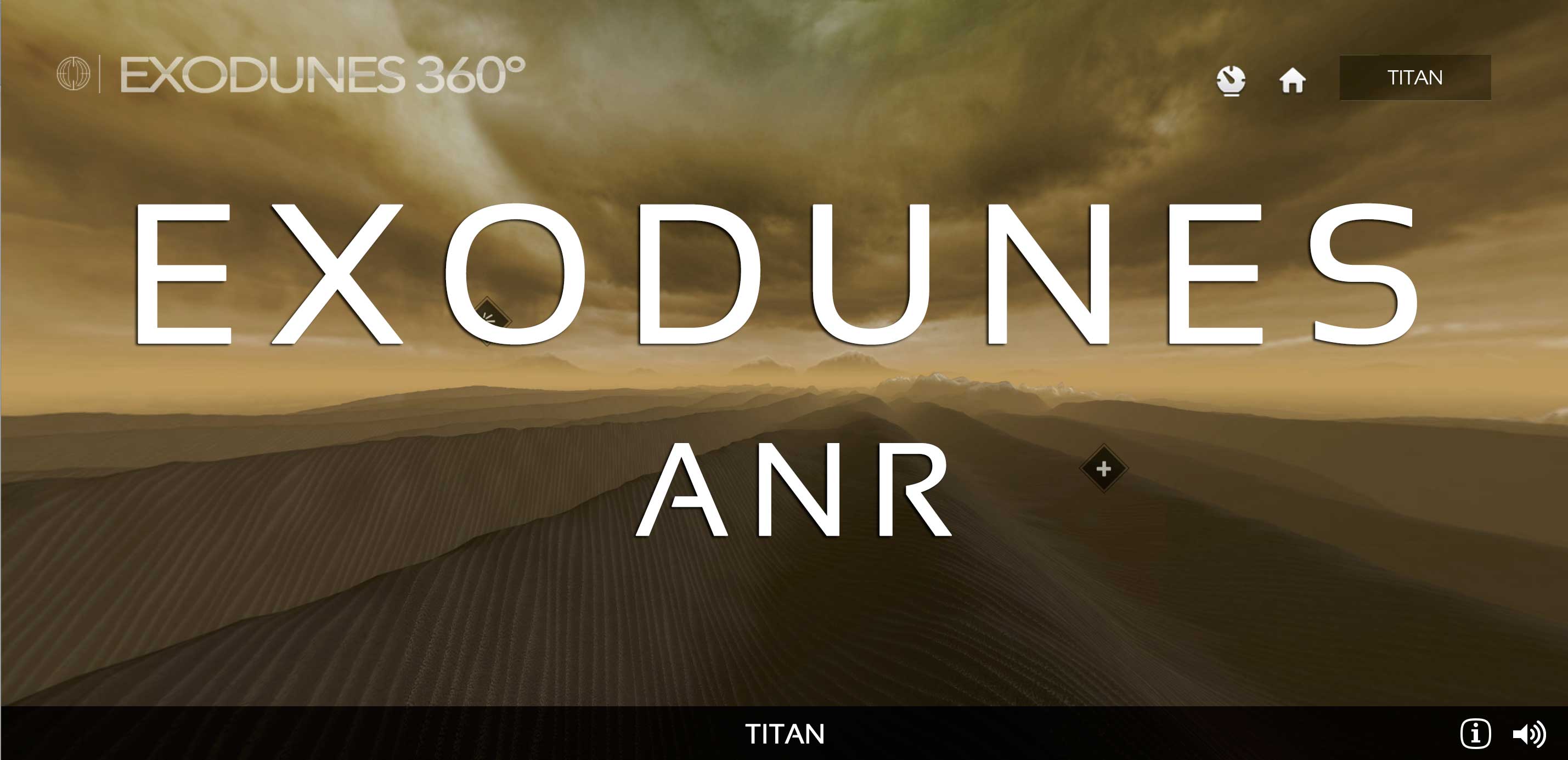
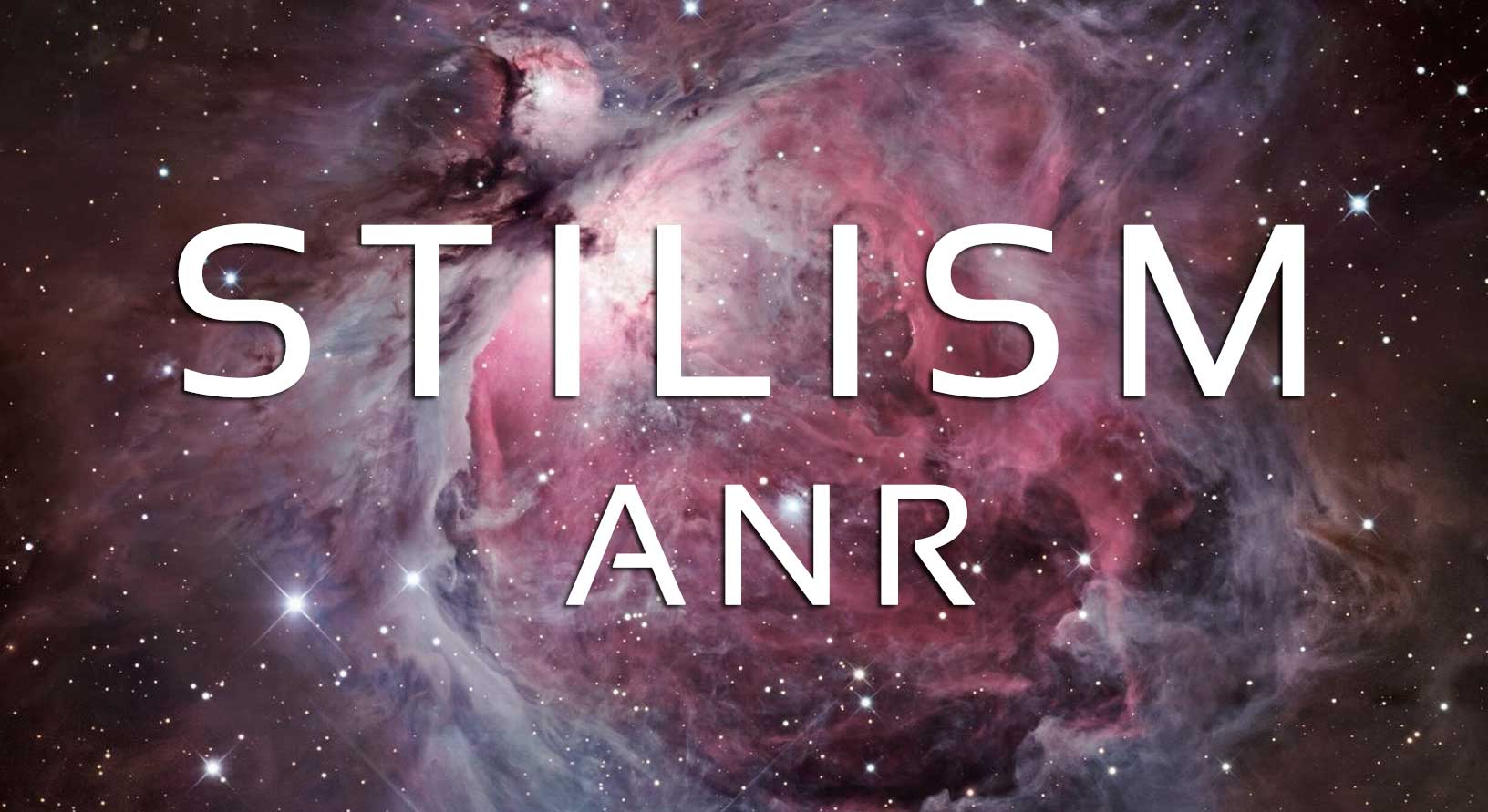
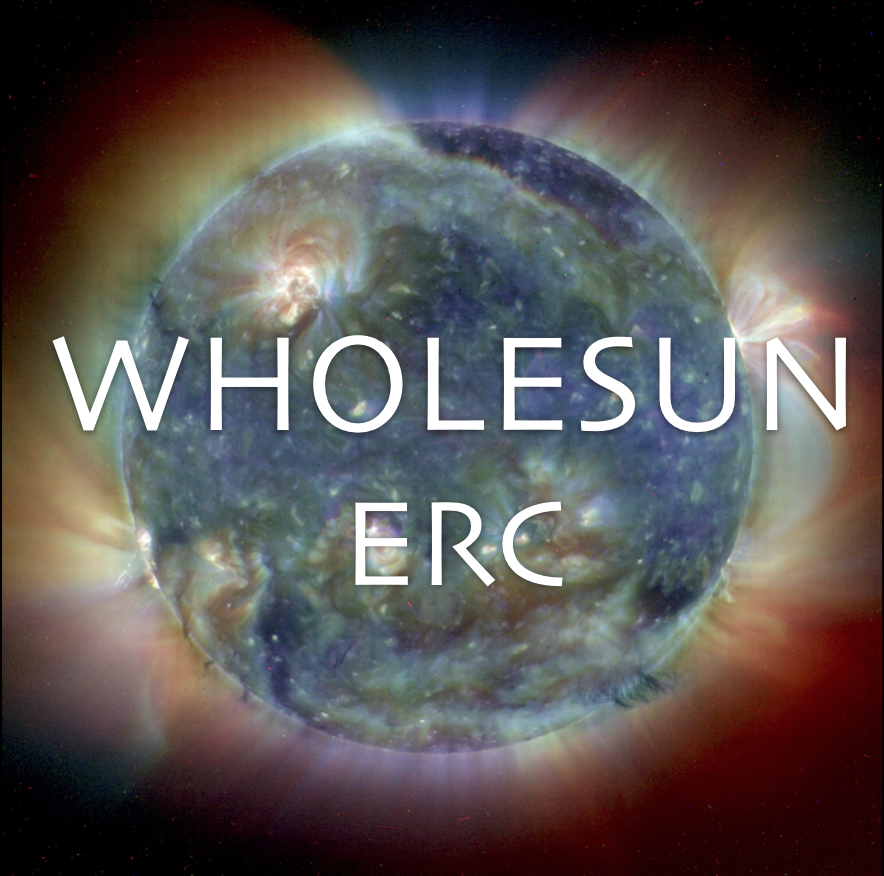

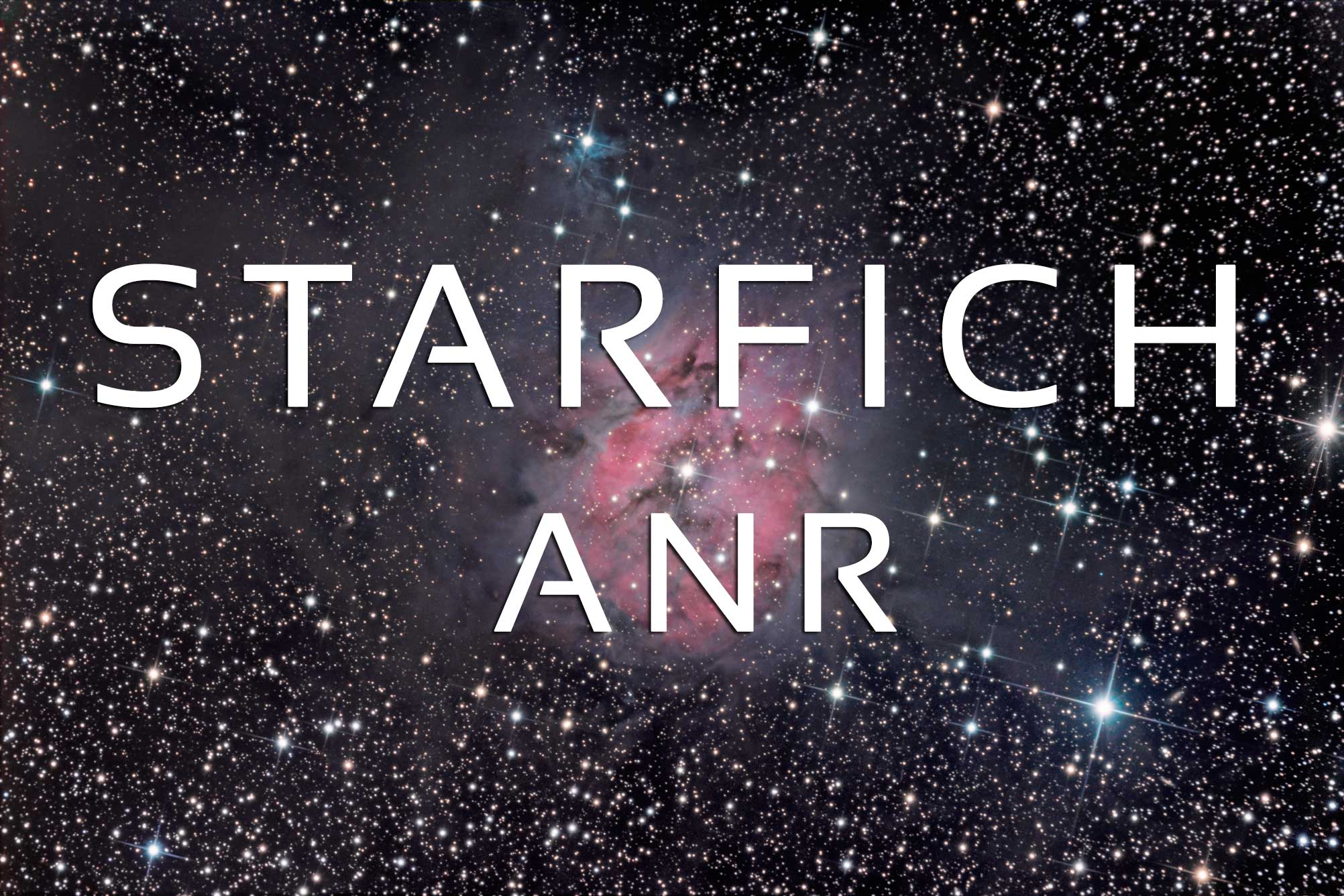

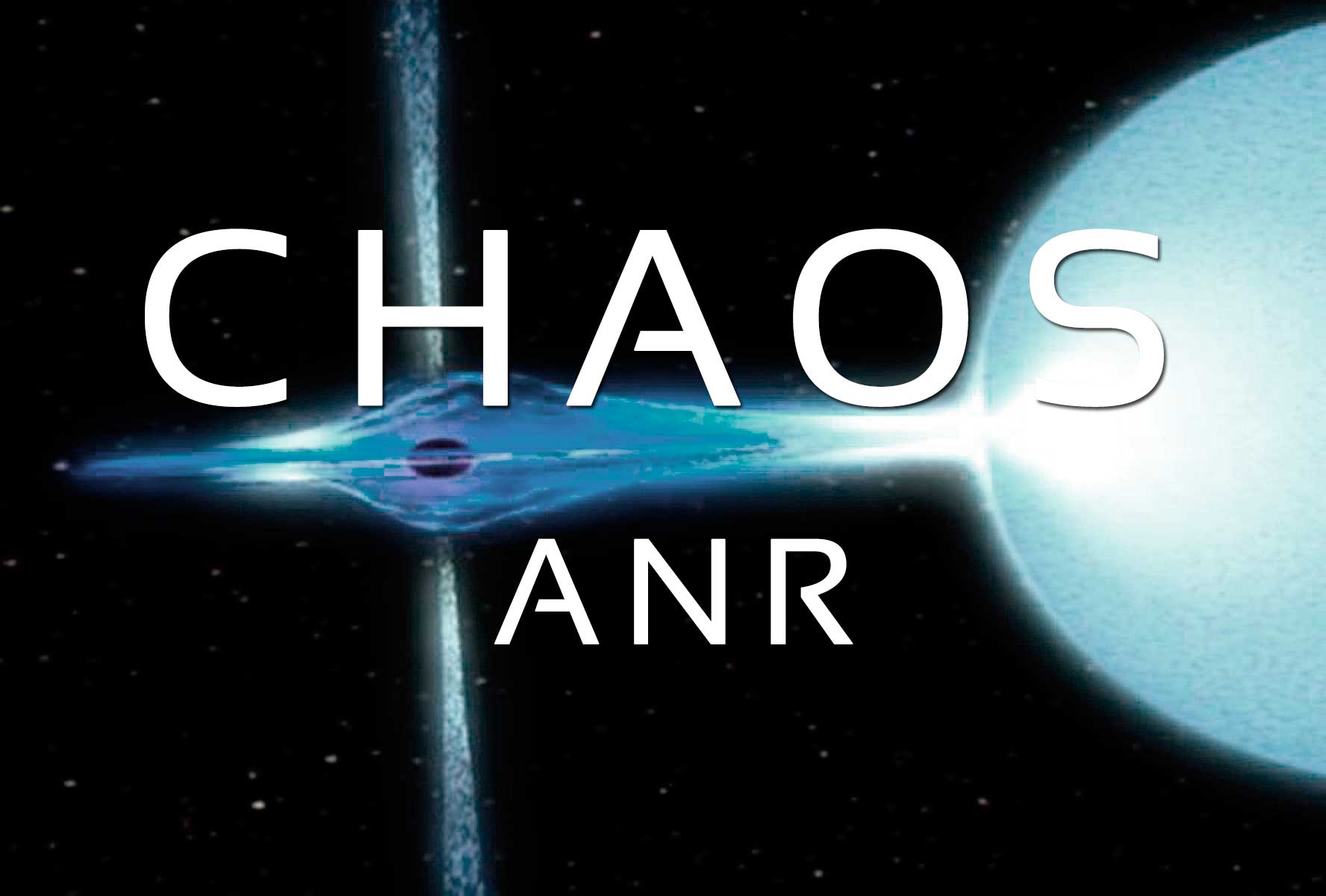
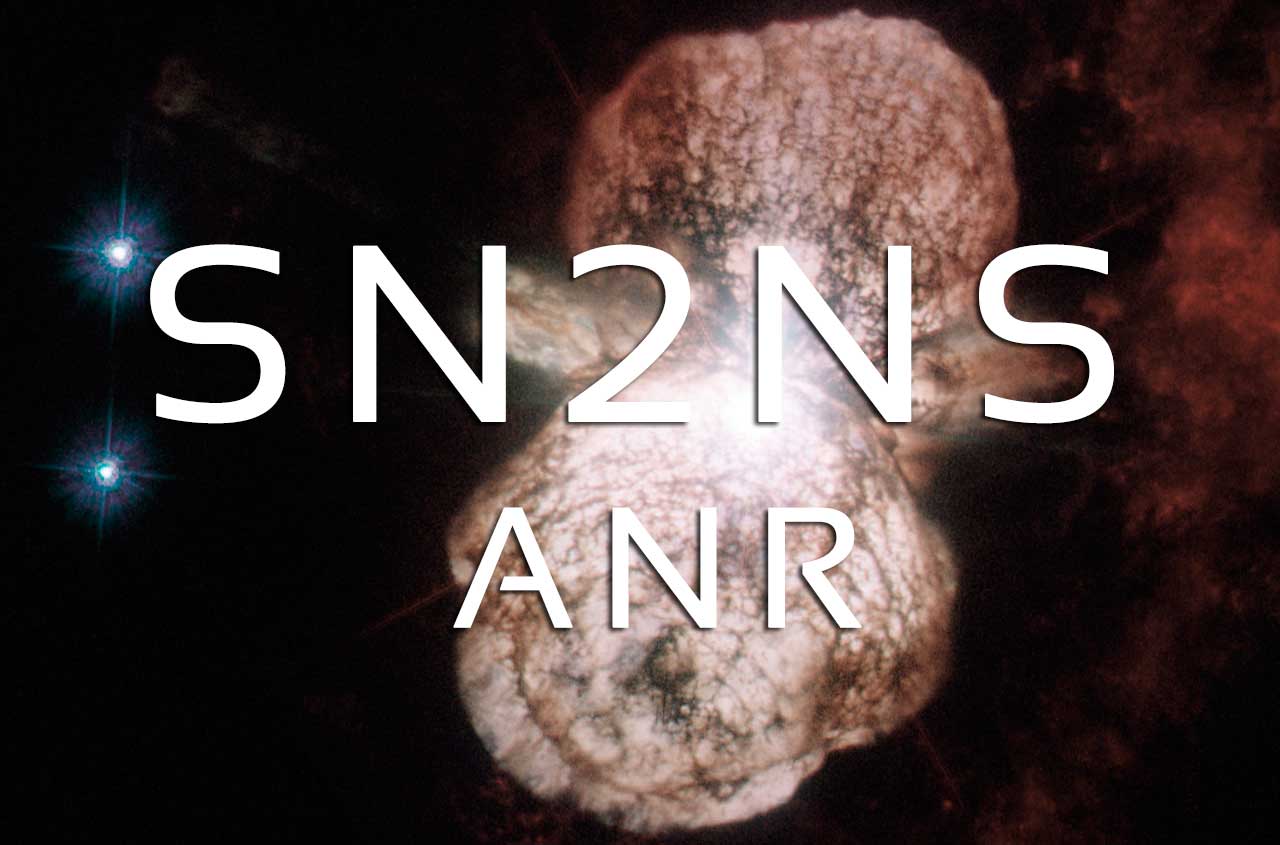

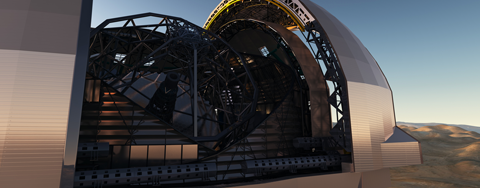
 Instrumentation
Instrumentation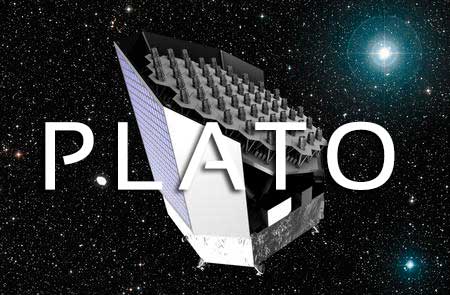
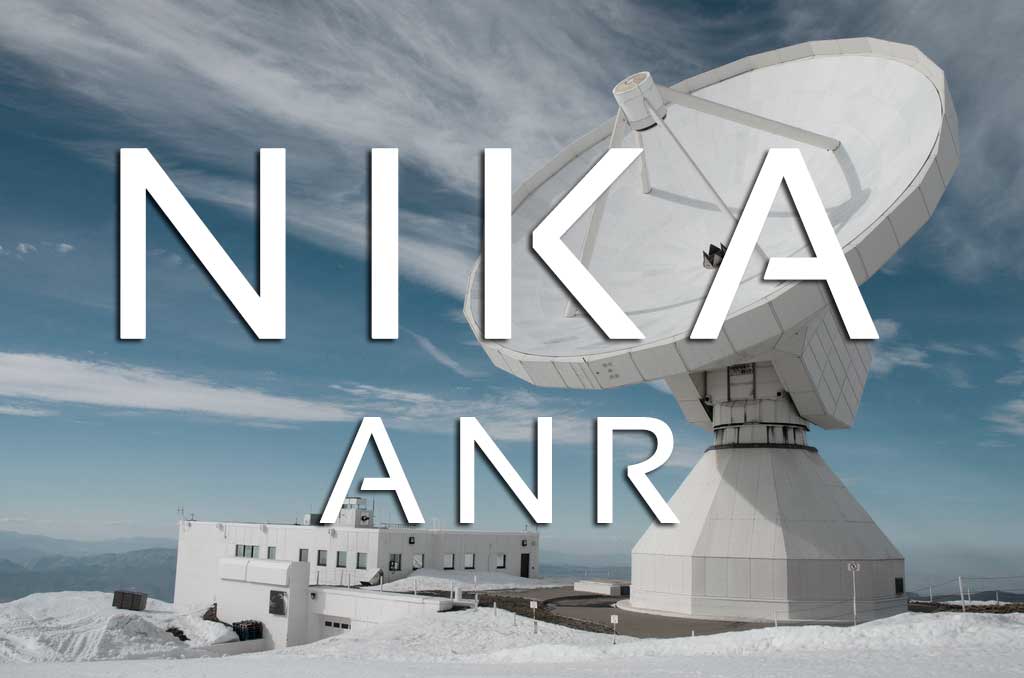
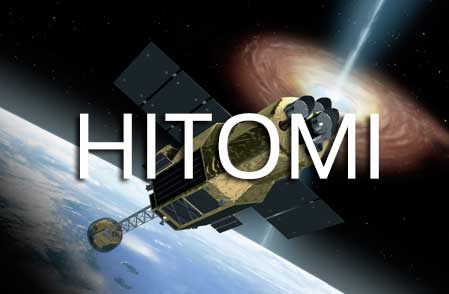
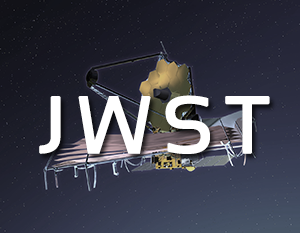

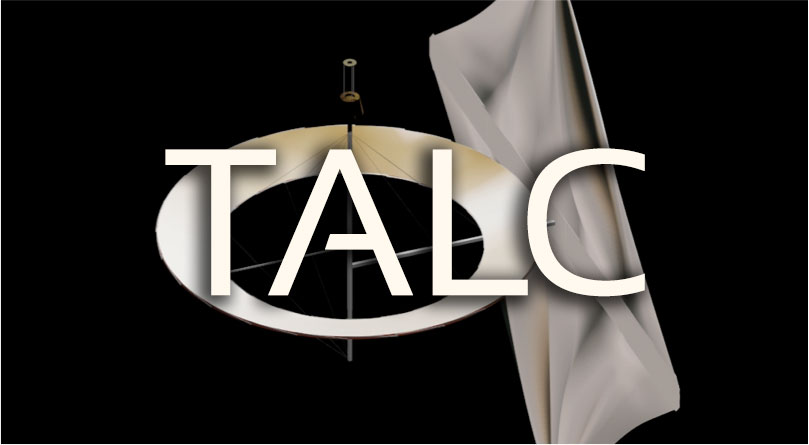

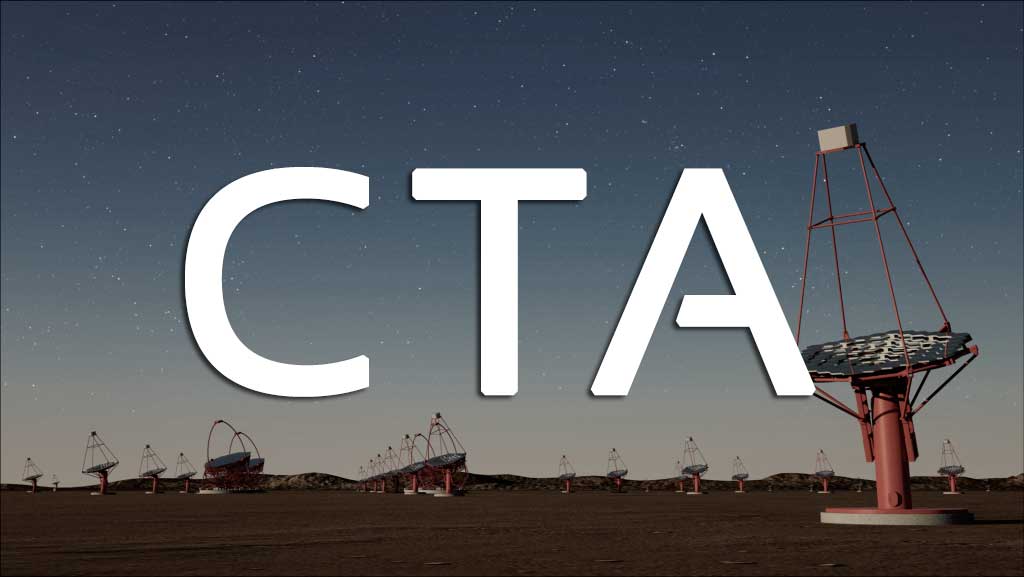
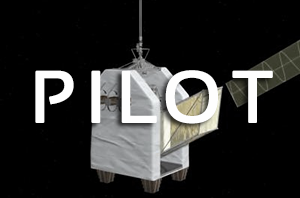
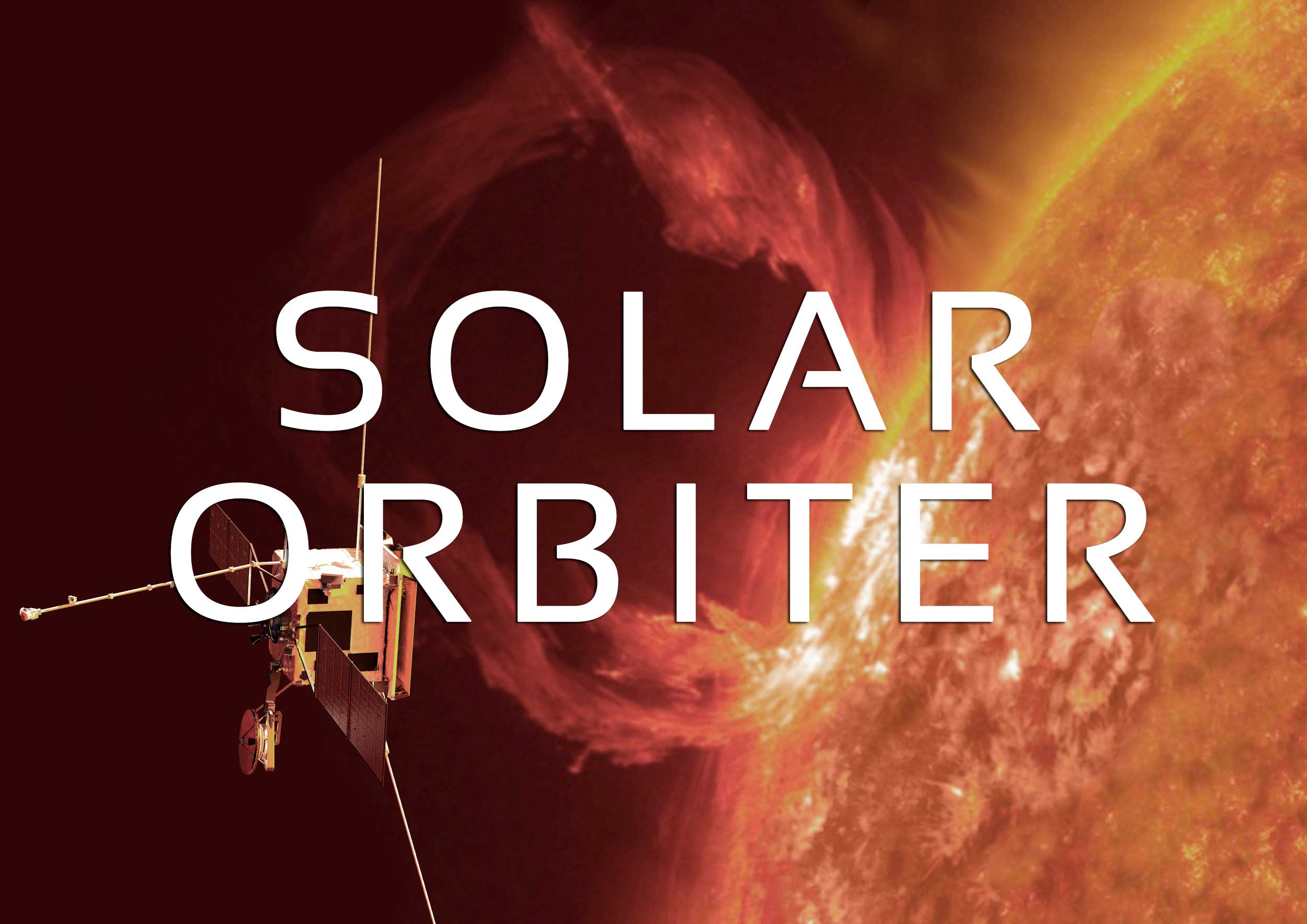
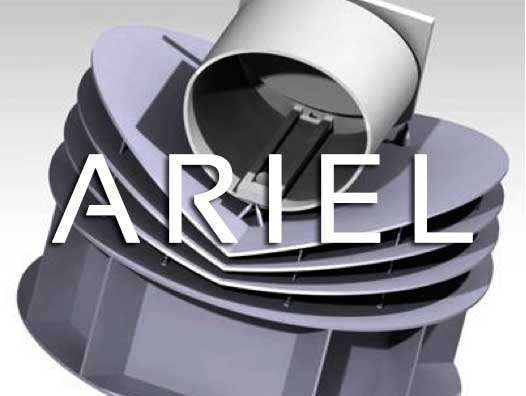



 Modelisation
Modelisation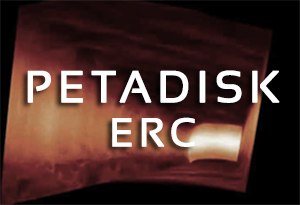
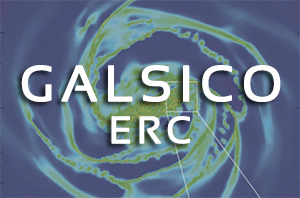
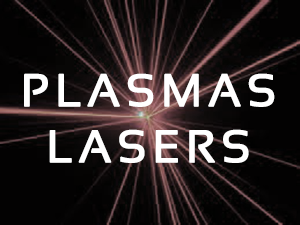
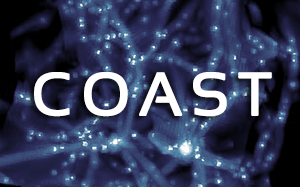
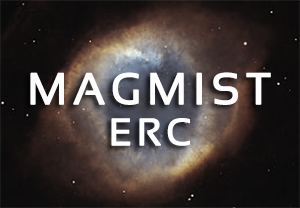
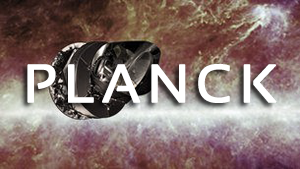

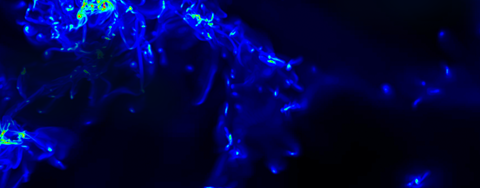
 Data
Data


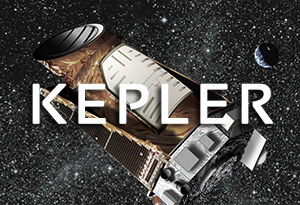

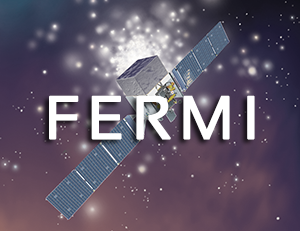
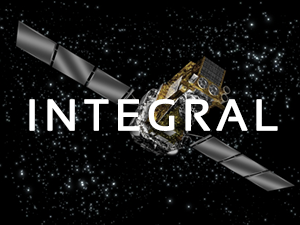


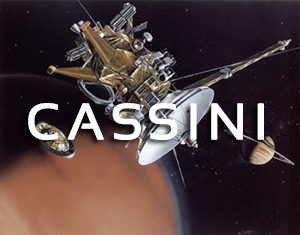
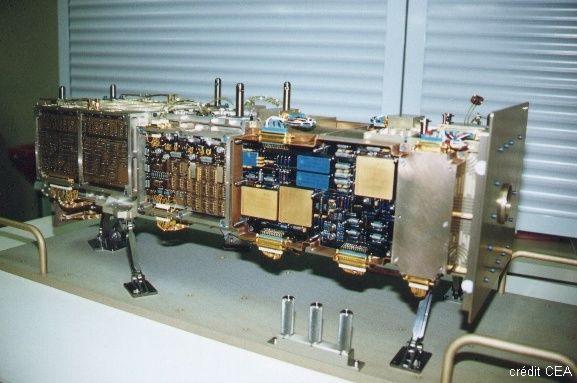
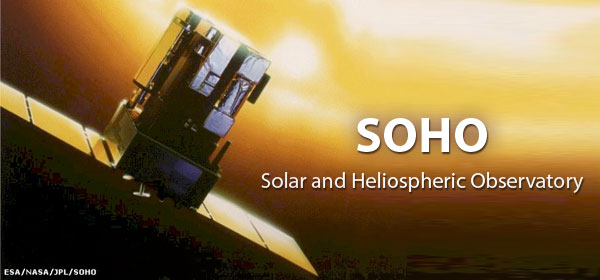
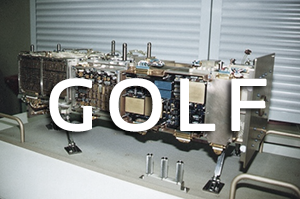


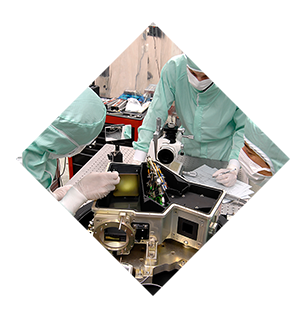

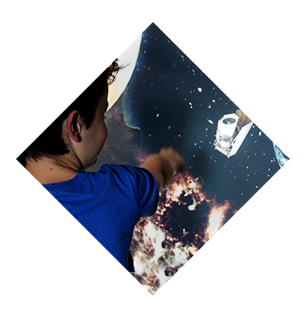
 Headlines
Headlines




